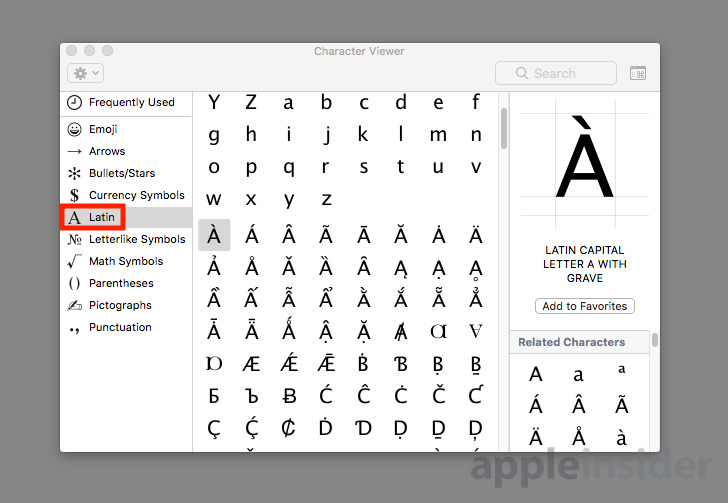
This also applies to the other keyboard layouts with diacritics (link to languages with these letters), but not the ones with a dedicated key for the respective letter (in this example é) as french, spanish, swiss, italian or more (to put it differently, those layouts typically have a single key é or É among others).
:max_bytes(150000):strip_icc()/A3-AddAccentsinGoogleDocs-annotated-85eac4e727a340adbc4c3f000a548cab.jpg)
You should write \'e instead ( ' is the (green) apostrophe key, SHIFT + #).įor reference I marked the correct key in green and the incorrect in yellow: ( ´ is the (yellow) accent key between ß and BACKSPACE on a german layout)ītw, that "locking in and waiting for input" or diacritic behavior is also called dead key, as it produces no output of its own but modifies the output of the key pressed after it.

a text-based program like Microsoft Word). in the german layout, see below): If you want to get an é or É (e/E accent acute) as described in this answer, you have to pay attention to not write \´e as you are possibly used to do (in e.g. Maybe a short hint for the users of some languages with so called diacritics (or combining diacretic marks as e.g. Save your file as UTF-8 and put \usepackage


 0 kommentar(er)
0 kommentar(er)
